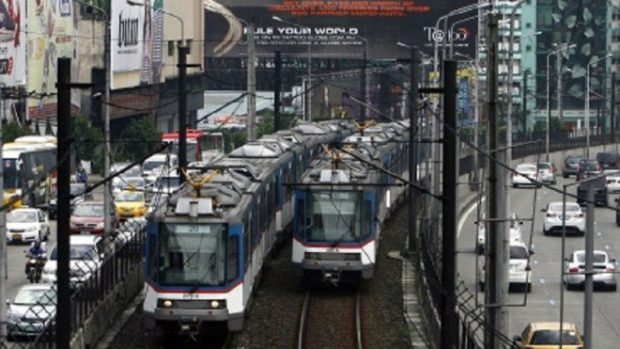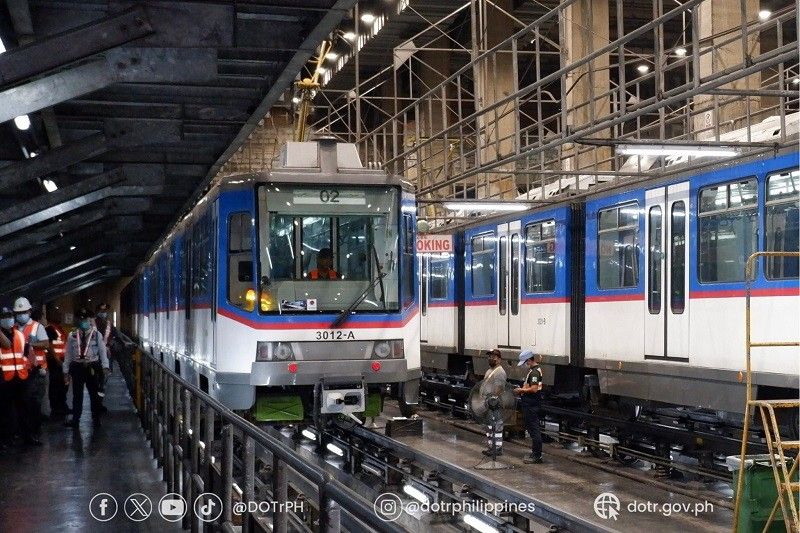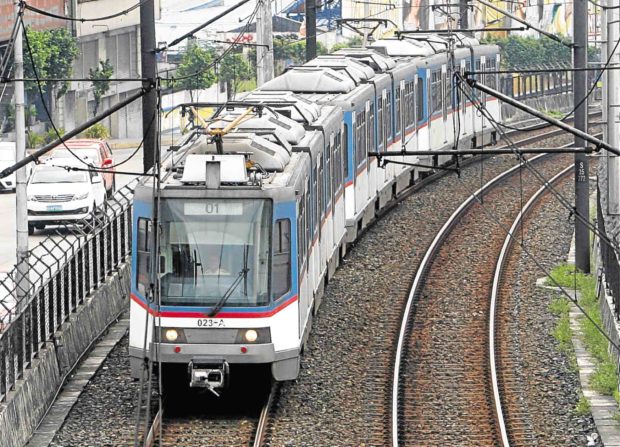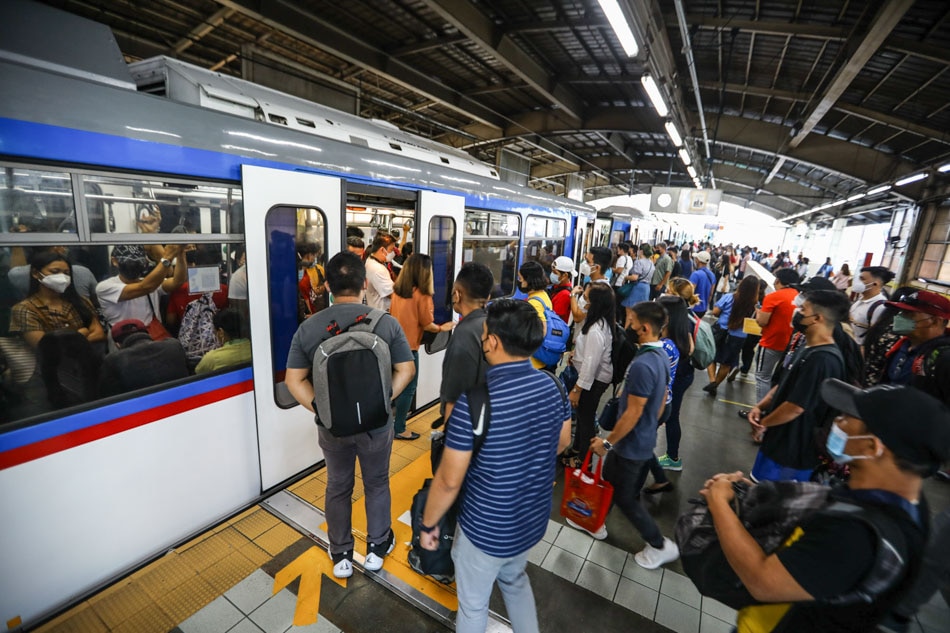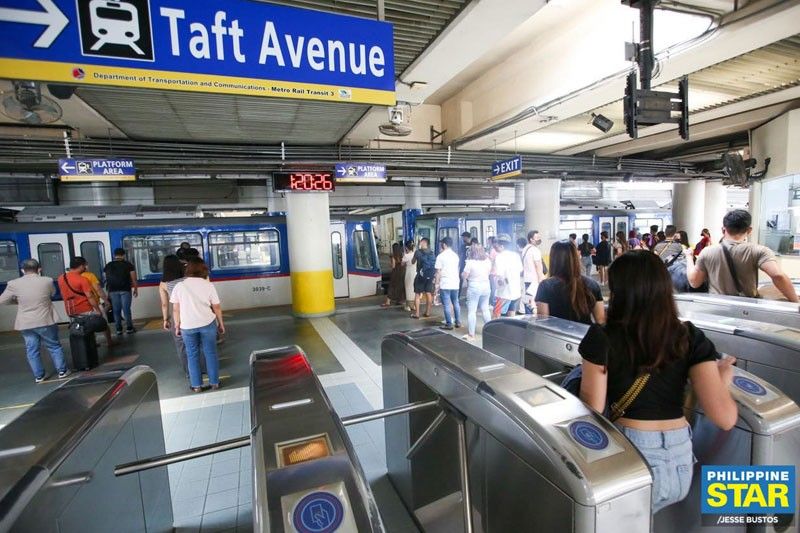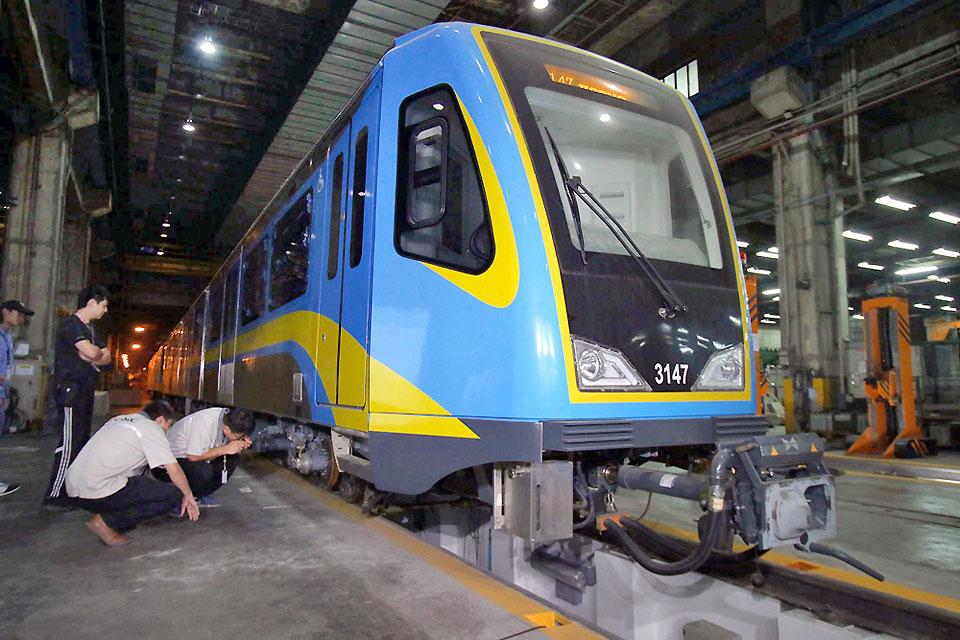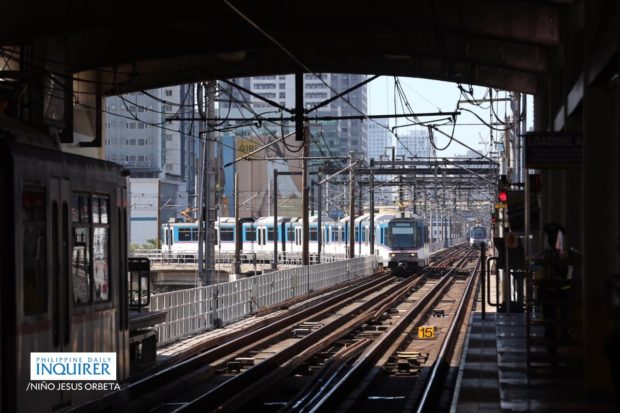By Shakira Sison | Rappler | May 14, 2015
'The MRT's half a million daily passengers really only want to get to work in the morning and get home at night without ridiculous wait times or risking their lives'
I was an early adopter of the Manila Metro Rail Transit System (MRT) when it first shuttled commuters up and down EDSA in late 1999. My ex-girlfriend, her brother and I got on the train every morning from Kamuning near our home in Diliman. She got off in Guadalupe to go to work at the MMDA, Gio took it to the next stop in Buendia, and I stayed for another stop to Ayala where my office was a jeepney or FX ride away.
The MRT was the cat's meow then, a speedy set of brand new cars that were a far cry from its weary sister - the beige, steamy, sardine-packed Manila Light Rail Transit System (LRT) that did its duty along Taft Avenue.
We called the MRT stylish commuting, and back then it was true. The new train system was the handsome counterpart to the tired 80s brainchild of the late Marcos years.
We wore jackets inside the MRT because of how cold it was inside, priding ourselves with knowing how to operate the then state-of-the-art stored value cards and turnstiles, and riding the clean and shiny escalators and elevators.
Most times the platforms were manageable during rush hour as the MRT was still considered expensive and inconvenient compared to buses. EDSA was busy but not as impossible is it is now, and public buses were plenty and didn't require climbing stairs or lining up for a ticket.
We felt like commuters in a sophisticated city like Tokyo. I heard back then that a city mayor used the MRT himself to skip the EDSA traffic. The ride was even too quick for me that sometimes I preferred sitting in a bus in EDSA so I could get some napping or studying done en route to my evening classes in UP Diliman.
That was the early 2000s. The MRT was so nice that professionals like us left our cars at home because a mode of public transportation actually worked. We got to and from work in a convenient, predictable, and efficient manner.
Changes in the last 15 years
I moved to NYC in 2002 and didn't come back to visit Manila until 2009. At the top of my homecoming list was to resume my commuting via the MRT, bragging to my family that I didn't need a driver or to take a cab. When I climbed the concrete steps up to the train in Ayala Station, I barely recognized it. The whole station was covered in soot. The trains were dull, dirty, and unloved. I was hot inside that train to North Avenue that was full at noon.
I wondered if the train I once loved was now forgotten, or did it just go along the fate of its forgotten sibling on Taft?
Lots of things happened between 1999 and 2015. Manila is now the world's most densely populated city at 66,140 people per square kilometer. In those 15 years the Philippines also became the call center capital of the world, with a growth rate of 46% per year since 2006. The industry now brings in $15B annually in revenue and adds over 1 million employees to the city streets daily, most of whom work in Metro Manila and use its public transport system.
BPO companies also created the need for food, service, and entertainment industries that cater to this additional population of workers. These support establishments added even more individuals to an already bustling workforce. The population of Metro Manila increases by 3 million people during the day just to keep businesses operational.
In 2000, the population in Metro Manila was 9.4 million compared to estimates of 12 million in 2015. According to lawyer and urban planning student Renchi Padayao, an increase in population is a major determinant of transportation problems in any metropolitan area. Along with an increase in population comes an increased need for mobility. People need to get from point A to point B for various purposes within a given day.
Metro Manila's entire workforce goes from home to work and back daily with limited exceptions. At a 90% employment rate for the National Capital Region (NCR), all but 10% of the population use the roads or public railways. This excludes the use of these facilities for education, leisure, or other commercial and personal activities.
600,000 last straws
At an annual growth rate of around 2% per year, the additional 3 million people in Metro Manila since the MRT's first trip in 1999 are still moving around on the same transportation network from 15 years ago. The Philippines now has the 9th worst traffic in the world and the lines for the once efficient MRT have been known to be so long that a 30-minute 17-kilometer ride from end to end may take 2 hours if one includes time spent standing in line.
Some citizens have likened the daily commute to a form of class violence and they really can't be blamed. At a daily load of 600,000 passengers and operating at 1.5 times its maximum capacity, the MRT could be likened to an ailing camel carrying 600,000 last straws. The poor beast is about to die, and its clients feel the impending doom daily.
The fancy MRT of my youth is definitely long gone, and even with the much-overdue additional cars scheduled to arrive in 2016, this rail system may improve its performance marginally but unfortunately it will never go back to its days of splendor.
The MRT may never be awesome again, but I have a feeling that Metro Manila's commuters don't even need it to be awesome. They don't even need it to be pretty or even remotely perfect. The MRT's half a million daily passengers really only want to get to work in the morning and get home at night without ridiculous wait times or risking their lives.
Is that really too much to ask?

 Twitter
Twitter Facebook
Facebook






